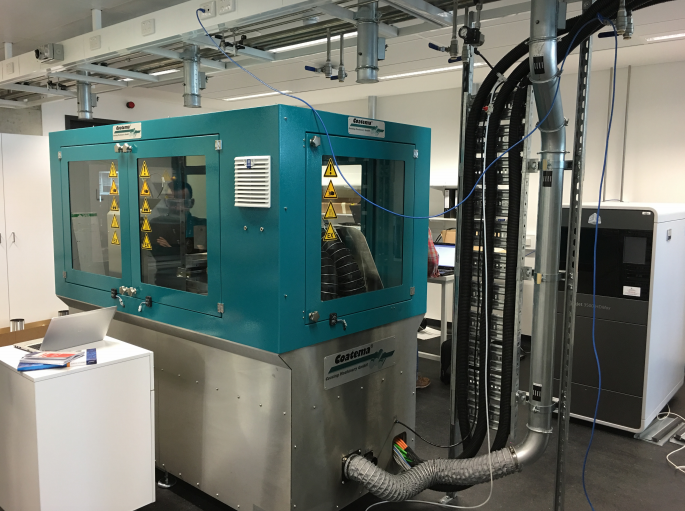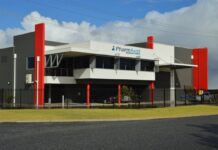
Strategic Elements and CSIRO have signed a research agreement to develop the printable Nanocube Memory ink technology originally invented at the University of New South Wales (UNSW).
The nanocube technology, which combines low cost traditional printing processes with advanced inks and new forms of flexible materials, allows industry to put electronics where they could never go before (wrapped around curved surfaces, attached to clothing, etc.).
The nanocube ink is made from cerium oxide and is comprised of billions of tiny cubes that are roughly 10,000 times smaller than the thickness of a sheet of paper.
The technology allows for digital information (a series of ones and zeros) to be encoded and stored on the Nanocube memory cells by applying an electrical current, which changes the cell between a resistive and conductive state.
Strategic Elements Managing Director Charles Murphy said the company identified the technology opportunity at UNSW in 2015 and committed resources to constructing prototype inks and producing data for patent and intellectual property purposes.
“The printable memory opportunity we are chasing is large and global. This agreement is another step in building out a team that can assist us to achieve our goal of printable, flexible memory,” he said.
“We are cognisant on the fact that we need a development team with the ability to compete globally and look forward to working with the scientists from CSIRO Nanomaterials and Devices.”
CSIRO’s Melbourne-based Nanomaterials and Devices Team has extensive experience in developing techniques that allow for the reproducible synthesis of nanoparticles on commercial scales.
It has successfully synthesized nanocrystals of various compositions and morphologies and has demonstrated expertise in the fabrication and characterization of thin-film devices.
The CSIRO team will now work in conjunction with materials science researchers from the University of NSW and researchers at VTT Finland, a recognised world leader in printed electronics.
According to Strategic Elements, the current program is the first of a number of proposed stages to assist with the scale-up of the synthesis of nanocubes, which are printed during the fabrication of Resistive Random Access Memory (RRAM) devices.
“In this first stage CSIRO will perform characterisation of nanocubes and devices using analytical techniques not readily available at UNSW and prepare a larger batch size of Nanocube ink using large scale equipment at CSIRO facilities in Melbourne,” Strategic Elements told the ASX.
According to the company, the first stage will also include preliminary slot die coating tests of the Nanocube ink at CSIRO using the equipment acquired by the research group of Professor Sean Li at UNSW.
This equipment has unique functionality to combine slot die with printing to expand the capability to produce advanced electronic materials in industrial scale. It is commonly used to deposit a variety of liquid chemistries onto glass, stainless steel, and plastic substrates.
“The Company is yet to test the slot die method of depositing Nanocube ink onto materials such as glass and plastic,” reads Strategic Elements’ statement.




















